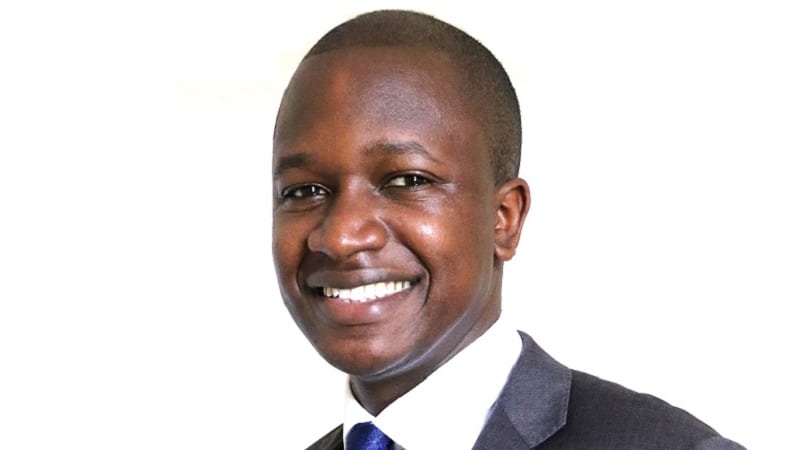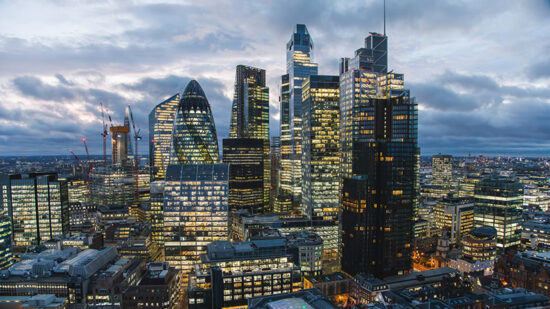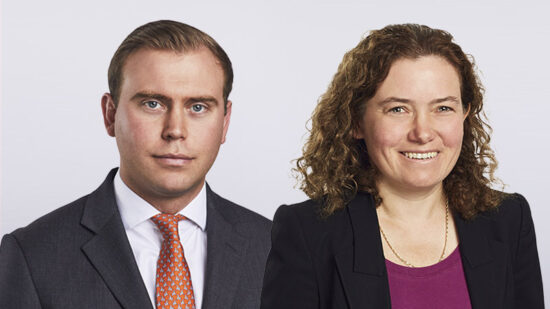The term “this time it’s different” is hated by many in investment circles, but when it comes to the yield curve flattening it seems it really could be different this time.
The spread between two and 10-year treasury yields has fallen from more than 2.6% at the end of 2013 to about 0.2% – its lowest spread since August 2007 – which has raised fears of economic trouble ahead.
This is because a flattening, or inversion, of the yield curve – the spread between two-year and 10-year treasury yields – has historically been a precursor for recession because it is an indication that the market is anticipating decreasing interest rates, which signals an economic slowdown.
A flattening curve
Fears of a recession have led investors to pile into long-term treasuries as a safe haven on the belief there could be a sell-off in risk assets, which is a common fear at this late stage of the cycle.
According to Shilen Shah, bond strategist at Investec Wealth and Investment (IW&I), this flight to safety has been evident in the US where pension funds have gobbled up longer-dated treasuries to meet their liabilities, which has in turn caused yields to fall.
Another factor for the narrowing of spreads is the expansion of central bank balance sheets in recent years. Shah notes the ratio of the Fed’s balance sheet to GDP is still high compared with the historic average, which has pushed down the term premium.
“That is another reason the [Fed’s] signalling effect on the yield curve might not be as strong this time as it historically has been,” he adds.
Recession not likely
But Shah says unless US/China trade wars ramp up significantly, it is difficult to see recession occurring in the near term. This is because the US economy is operating near full capacity, there is plenty of fiscal stimulus and inflation pressures are not particularly high.
“The only proviso is if inflation prices shoot up way above the Fed’s forecast level,” he says. “Then it may be forced to put up rates sharper than currently forecast, and that would cause a contraction in activity.”
David Katimbo-Mugwanya (pictured), co-manager on the Edentree Amity Short Dated Bond and Amity Sterling Bond funds, accepts the curve flattening is a sign we are closer to recession, but it is certainly not prescriptive. What is different this time is the monetary stimulus that has gone into the system, he says.
“One of the tools central banks used to stimulate markets as a response to the downturn in ’08/’09 was a lot of QE and [reducing] rates. At this end of the cycle you have rates ticking up at the same time as central bank balance sheets are going down and they are going to want to reduce those.
“It makes it not directly comparable to previous recessions.”
But Hermes Investment Management head of investment Eoin Murray is not as convinced, saying there is insufficient certainty around the effects of QE on interest rates that there really is no clear empirical evidence to suggest that “this time it’s different”.
He adds: “At the same time, in the US, the Fed is raising short-term rates as its economy improves – inflation (core PCE) has at last reached the magical 2% and earnings are accelerating beyond a comfort zone. So why is nobody concerned about this potential inversion? Historically, the yield curve inverting has been a phenomenal predictor of recessions – it has usually taken between six and 18 months to filter through after it occurs.”
Navigating the yield curve
Katimbo Mugwanya’s Amity Short Dated Bond fund has a 20% exposure to floating rate bonds because he thinks they will benefit from a rising rate environment as their coupons reset when rates go higher. Meanwhile, his Amity Sterling Bond fund currently has its shortest duration exposure, about five years, since the beginning of the cycle .
“We have also increased short-dated gilt exposure within the fund,” he adds. “The cash allocation might be higher than previously to preserve capital as much as possible when yields rise and bonds sell off.”
Similarly, Shah says he has been favouring floating rate bonds in IW&I’s dollar positions, so effectively even if the yield curve remains flat the portfolios are benefitting from any rise in the federal funds rate.
“From a portfolio perspective you are not getting massive compensation for longer dated bonds because the yield curve is so flat,” he adds.
Yoram Lustig, head of multi-asset solutions, EMEA, at T Rowe Price, says in the last four economic cycles, an initial inversion preceded an economic recession by around two years, while equity markets tend to peak about six months before a recession.
He says while being defensive too late could have a large negative impact, being defensive too early could also have a negative impact in costing investors potential late-cycle gains.
“While a recession in late-2019 or 2020 is possible, the US economy seems healthy: a recession is not upon us yet. So, it is probably still too early to go completely defensive,” he says. “Our advice is to keep a close eye on the yield curve, as well as many other factors influencing markets. The slope of the yield curve contains important information, but it is not the only indicator of the strength of the economy.”







